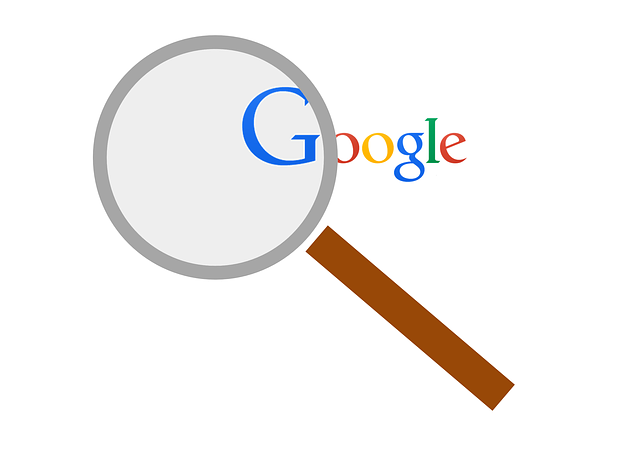In the digital age, a larger amount of shopping is being done online than ever before. Even if consumers ultimately end up making a purchase in a physical store, the process typically begins with online research. In fact, over 80% of people conduct online research before making a significant purchase. While optimizing your website can improve its visibility online, SEO is not the sole method for gaining exposure and promoting your offerings. Paid advertisements can generate increased website traffic quickly and enhance your conversion rates. However, there are various paid ad options to select from. While PPC marketing is widely popular, pay-per-impression ads are also available. The question is: which option is more suitable for your business?
CPC refers to the payment made for each click in PPC advertising campaigns, like those created on Google Ads or social media platforms. Advertisers consider CPC to be a significant metric. CPM, which stands for cost-per-thousand impressions, quantifies the total expenditure for every thousand impressions on a webpage. It includes all the ads that appeared on the user’s screen as impressions and is paid once it reaches 1,000 impressions.
In this article, you will be introduced to three main issues concerning CPC and CPM that will be discussed step by step.
- What Are CPC and CPM?
- Difference Between Click and Impression
- Difference Between CPC and CPM
What Are The Definitions of CPC and CPM?
CPC, also known as cost-per-click, refers to the payment made for each click on a pay-per-click (PPC) ad on advertising platforms. Various factors determine CPC, including the maximum bid for an ad, its Quality Score, and the ad rank of competing advertisers targeting the same keyword. A lower CPC is advantageous as it requires a smaller investment for a business to achieve its marketing objectives.
CPM, which stands for cost-per-thousand-impressions or cost-per-mile, is a paid advertising method in which companies are charged for each set of 1,000 impressions an ad receives. The advertiser is only billed for ads that achieve a total of 1,000 impressions. To clarify, an impression is counted whenever the intended audience successfully sees an ad, and payment is made once this count reaches one thousand.
Difference Between Click and Impression
Impression
An ad impression refers to the occurrence of an ad being displayed or potentially displayed to a prospective user through a banner, call-to-action button, or text link. Essentially, it signifies the frequency of this image appearing on any computer screen worldwide. Ad impressions provide advertisers with information about the total number of views on their users’ screens. They serve as a metric to gauge the level of interaction with the ad, even if someone merely views it without clicking on it while visiting a website or using an app.
Click
Clicks are a measure of user engagement where the user places their cursor on an ad image and uses the mouse to click on the image, accessing the website. Simply put, clicks quantify the number of times users click on an ad to reach an online platform. They serve as a form of interaction, indicating the number of people who clicked on the ad to gain knowledge or make a purchase. Consequently, clicks can be perceived as a favorable interaction, as they demonstrate interest in the product and enable advertisers to target the desired audience.
- Impressions are important because they show the audience the ad reaches. In this way, brand awareness can be created by at least attracting the user’s attention. Click, on the other hand, shows insights such as Google Ads insights into how effective and interesting the ad is when the user clicks on the ad because users will only click on ads they are interested in and ignore what they are not.
- An impression shows how many people watched the ad, while a click shows how many people are interested in purchasing the product the ad is about.
- The impression only gives the impression that the ad is reaching a large audience. On the other hand, the click can give an alarm whether the reached audience is interested in the ad, or if not, the ad needs to be changed. For example, a new target audience can be defined, or changes can be made to the website design.
Click-through rate (CTR) is a metric utilized for the purpose of comparing the number of clicks and impressions. On the other hand, the metric known as “Conversion Rate” is employed to compare the number of clicks and conversions.
Difference Between CPC and CPM
In regard to online advertising, it is vital to measure impressions and clicks in order to evaluate the effectiveness of the ad campaign and optimize platforms like Google Ads. The cost per click (CPC) is the amount paid when a user clicks on the ad, while the cost per impression (CPM) is based on the number of people who view the ads. Bidding varies depending on the metric used, with clicks being a factor in one and impressions in the other, resulting in discrepancies between the two metrics.
Which Ad Type Should You Choose?
In the end, several factors will determine this decision. You need to take into account both your long-term and short-term goals, as well as your advertising budget and the platforms on which you plan to advertise.
If your business is very new and has a small budget, it may be wise to start with PPM. Some businesses that prioritize sales over brand awareness may prefer to concentrate solely on pay per click management. Ultimately, the decision depends on the specific requirements of your organization.
If you require assistance with managing pay per click campaigns that already exist or if you are undecided about where to allocate your marketing budget, we are available to offer the necessary guidance for you to progress to the next stage.







